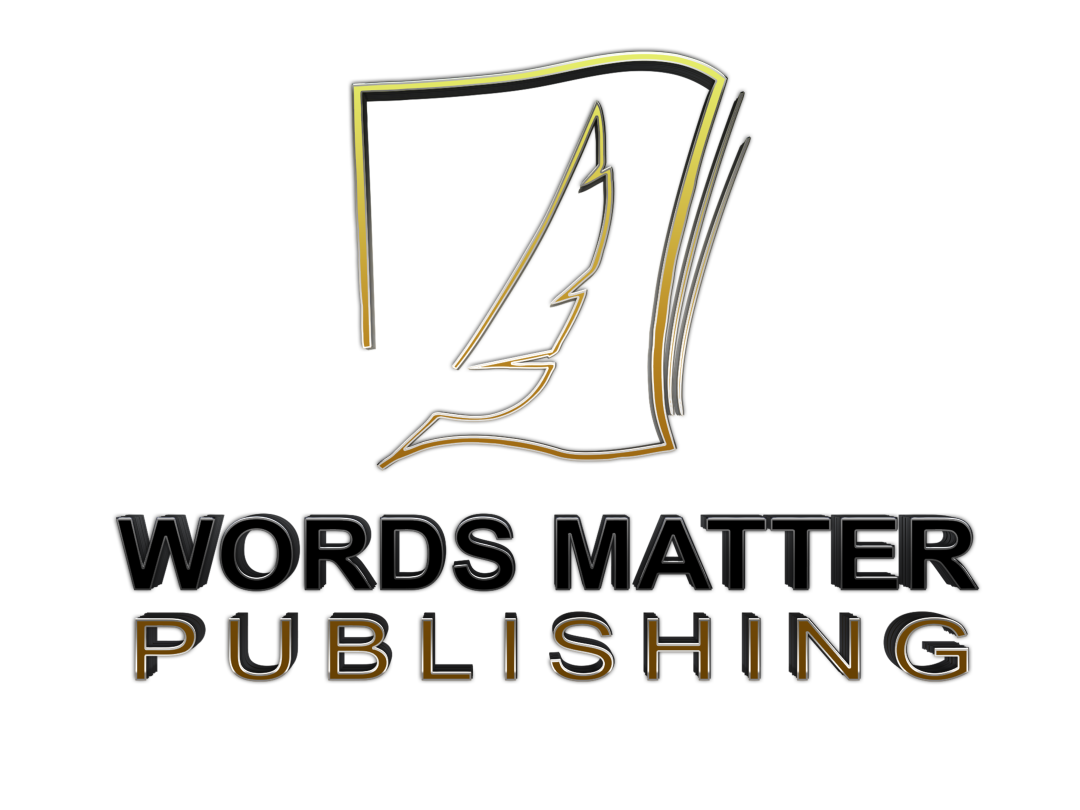Bridging the Gap Between Tween and Teen with Authentic, Age-Appropriate Storytelling
It starts with a spark—a voice in your head that belongs to a young protagonist. They’re on the cusp of something big: discovering friendship, wrestling with identity, surviving school or first heartbreak. You know your story is for young readers, but then comes the big question: Is this a YA novel or a Tween (Middle Grade) book?
Understanding the differences—and surprising similarities—between Young Adult and Tween fiction is crucial. Get it right, and your book resonates deeply with the right readers. Get it wrong, and you risk alienating your audience or confusing publishers. In this storytelling-style guide, we’ll walk you through the nuances of writing for these two vibrant and distinct reader groups.
Why It Matters: The Reader’s Journey
Both YA and Tween novels explore themes of growth, independence, and emotional evolution. But while their journeys may seem similar, the readers themselves are not. Tween readers (typically ages 8–12) are navigating the transition from childhood to adolescence, while YA readers (ages 13–18) are facing more complex, mature issues with a desire for autonomy and identity.
Each audience demands authenticity—but that means very different things depending on their age and stage of development.
Key Differences Between Tween and YA Fiction
Let’s break down the major differences between these categories to help you define where your story fits.
- Age of Protagonist
- Tween: Typically 10–13 years old
- YA: Typically 15–18 years old
Why it matters: Readers want to see themselves in the main character. A 12-year-old reader doesn’t want to follow a 17-year-old’s love triangle, just like a 16-year-old doesn’t want to read about middle school pranks.
- Themes and Issues
- Tween Books: Friendship, family, belonging, bullying, adventure, first crushes
- YA Books: Identity, sexuality, mental health, complex relationships, rebellion, moral dilemmas
Tween fiction stays more optimistic and focused on external challenges, while YA can explore darker or more nuanced emotional territory.
- Language and Voice
- Tween: Simpler vocabulary, clear sentence structure, often humorous or light
- YA: More sophisticated language, internal monologue, emotional nuance, and deeper introspection
The voice of your protagonist should sound authentic to their age—without feeling condescending or overly polished.
- Content Boundaries
- Tween: No profanity, graphic violence, or sexual content
- YA: Can include swearing, romantic intimacy, and complex social issues—depending on the tone
Respecting content expectations isn’t about censorship—it’s about honoring the emotional safety and maturity level of your audience.
Shared Ground: What Both Age Groups Crave
Despite their differences, YA and Tween readers have a lot in common:
- Strong characters they can root for
- Relatable struggles that mirror their own lives
- Escapism through adventure, fantasy, or humor
- Emotional authenticity that doesn’t feel forced or preachy
Whether your readers are 11 or 17, they can spot inauthenticity a mile away. Voice, tone, and emotional truth matter more than complexity of plot or vocabulary.
Writing for Tweens: What Works
If your heart is pulling you toward Middle Grade fiction, focus on fast-paced stories that highlight friendship, courage, and self-discovery. Humor goes a long way, and so does a dash of magic or mischief. Shorter chapters, quirky dialogue, and plenty of action will keep them turning the page.
Avoid:
- Heavy internal monologues
- Overly serious or dark content
- Long exposition or abstract concepts
Instead, think of books like Wonder by R.J. Palacio or Percy Jackson by Rick Riordan—stories that make readers feel brave, seen, and curious.
Writing for YA: What Resonates
YA readers want to feel. They’re grappling with identity, love, trauma, rebellion, and a desperate need to find their place in the world. This is where emotional depth, poetic voice, and raw honesty shine. Don’t be afraid to take risks—but be intentional.
Think of The Hate U Give by Angie Thomas or Eleanor & Park by Rainbow Rowell. These books hold nothing back—and because of that, they matter.
Avoid:
- Preachiness
- Talking down to readers
- Stereotypes or shallow drama
Instead, create layered characters who aren’t afraid to break rules, question authority, or chase impossible dreams.
Blurring the Lines: Is Your Book Upper Middle Grade or Lower YA?
There’s an in-between space that can be hard to define. This is often where books with 13–14-year-old protagonists live. Think of it as a crossover space—but one that still requires you to commit. Pick your primary audience based on tone, content, and emotional depth.
If your book features a coming-of-age arc with a sweet first crush and an epic quest—it’s likely Tween. If your protagonist is grappling with gender identity, grief, or serious consequences—it leans YA.
Final Thoughts: Write the Story That Speaks to You
Don’t let labels stifle your creativity. Instead, let them guide your focus. Understanding the difference between YA and Tween gives your book a clearer voice, a more direct marketing path, and the best chance to connect with readers who will love it.
You don’t have to be an expert in adolescence to write for young readers—you just have to remember what it felt like to be on the edge of everything.


